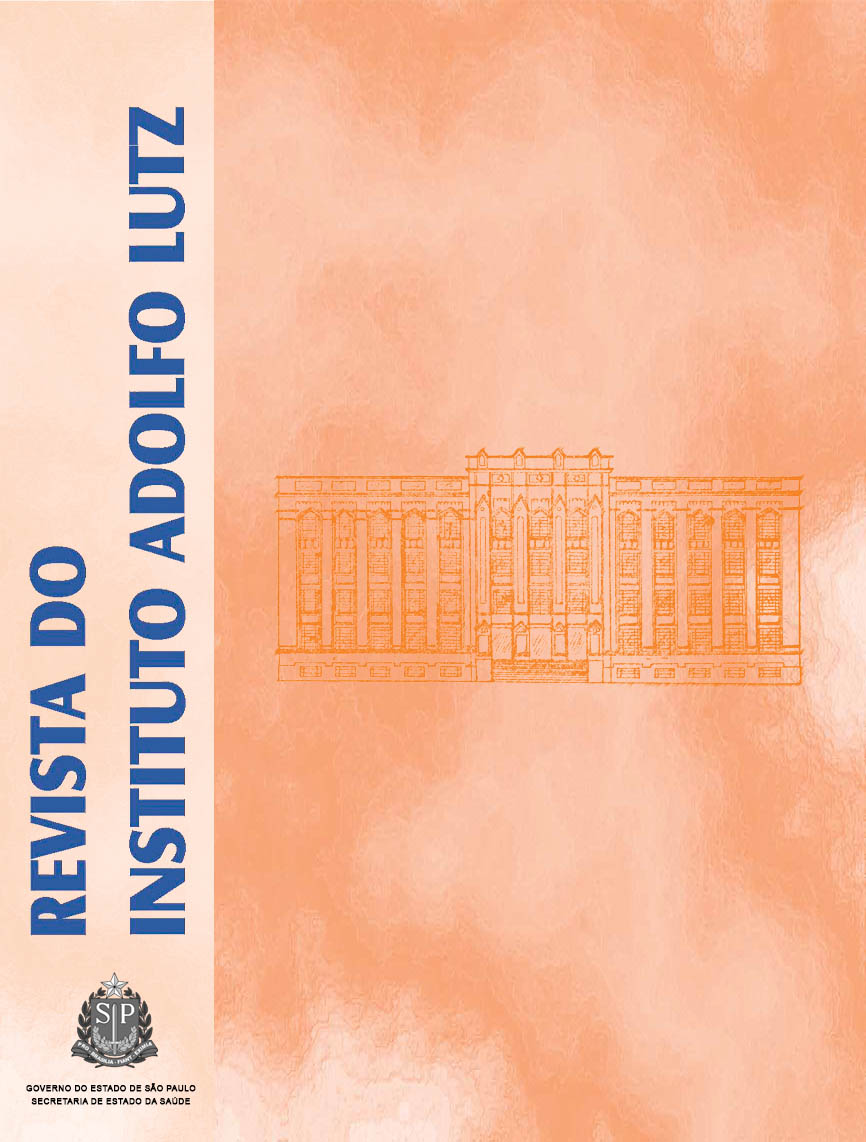Abstract
The present study was carried out to establish the best conditions for performing the total phenolic compounds extraction from diverse kinds of commercialized onion (Allium cepa L.). By means of the factorial experimental design the variables that significantly influence the extraction stages were determined. The following variables were analyzed: type of solvent, shaking process, time of extraction, and time with and without shaking interruptions. The best combining proceeding resulted in a predictive model, by using methanol as solvent, shaking for 120 minutes, and at 200 rpm. The highest phenolic content in different kinds of onion was 2275 μg/g, the recovery was 88%, and the quantification limit of 31 μg/g.
References
1. Antolovich M; Prenzler K R; Ryan D. Sample preparation in the determination of phenolic compounds en fruits. Analyst. 2000; 125: 989-1009.
2. Jorge P A R; Neyra R M O; Almeida E; Bragnolo N. Efeito da berinjela sobre os lipídios plasmáticos, a peroxidação lipídica e a reversão da disfunção endotelial na hipercolesterolemia experimental. Arq Bras Cardiol., 1998; 70(2): 87-91.
3. Badiale-Furlong, E; Colla E; Bortolato D S; Baish A L M; Souza-Soares L A. Avaliação do potencial de compostos fenólicos em tecidos vegetais. Revista Vetor, 2003; 4(13): 105-14.
4. Chen Z Y; Chan P T; Zhang Z; Chung H Y. Antioxidative activity of green tea catechin extract compared with that of Rosemey extract. Journal Analytical Offi cial Chemistry Society. 1998; 75(9): 327-33.
5. Torres A M; Mau Lastovicka T; Rezaalyan R. Total phenolics and highperformance liquid chromatography of phenolic acids of avocado.J Agric Food Chem. 1987; 35: 921-5.
6. Imeh U; Khokbar S. Distribution of conjugated and free phenols in fruits: Antioxidant activity and cultivar variations. J Agric Food Chem. 2002; 50(22): 6301-6.
7. Lima V L A G; Melo E A; Maciel M A S; Silva B S G; Lima D E S; Fenólicos totais e atividade antioxidante do extrato aquoso de broto de feijão-mungo (VignaradiataL.). Revista de Nutrição. 2004; 17(1): 53-7.
8. Sousa C M; Rocha M H; Vieira-Jr G M; Ayres M C; Costa C L S; Araújo D S; Cavalcante L C D; Barros E D; Araújo P B; Brandão M S; Chaves M S. Fenóis totais e atividade antioxidante de cinco plantas medicinais, Química Nova. 2007; 30(2): 351- 5.
9. Oliveira M S; Badiale-Furlong E. Screening of antifungal and antimycotoxigenic activity of plant phenolic extracts. World Mycotoxin J. 2008; 1(2): 1-10.
10. Hsieh C L; Yen G C; Chen H Y; Antioxidant activities of phenolic acids on ultraviolet radiation-induced erytrocyte and low density lipoprotein oxidation. J Agric Food Chem. 2005; 53(15): 6151-5.
11. Shahidi F; Alasalvar C; Liyana-Pathirana M. Antioxidant Phytochemicals in Hazelnut Kernel (Corylus avellana L.) and Hazelnut Byproducts. J Agric Food Chem. 2007; 55(4): 1212-20.
12. Broinizi P R B; Andrade-Wartha E R S; Silva A M O; Novoa A J V; Torres R P; Azeredo H M C; Alves R E; Mancini-Filho J. Avaliação da atividade antioxidante dos compostos fenólicos naturalmente presentes em pseudo-fruto de caju (Anacardium occidentaleL.). Ciênc Tecnol de Aliment. 2007; 27(4): 902-8.
13. Garda-Buffon J; Badiale-Furlong E. Otimização de metodologia para derivação de desoxinivalenol através de planejamento experimental. Química Nova. 2008; 31(2), 270-4.
14. Morais M M; Pinto L A A; Ortiz S C A; Crexi V T; Silva R L A; Silva J D. Estudo do processo de refi no do óleo de pescado. Rev Inst Adolfo Lutz, 2001; 60(1): 23-33.
15. Massaro A F; Pinto L A A. Enriquecimento protéico de farelo de arroz desengordurado o com sangue bovino, utilizando a técnica de leito de jorro. Rev Inst Adolfo Lutz. 2002; 61(2): 77-84.
16. Empresa de Assistência Técnica e Extensão Rural – EMATER-RS – Classificação Comercial da Cebola. [acesso em 06 dez 2007]. Disponível em: http://www.emater.tche.br,
17. Baptista M J; Gloria B A; Pascholati S F; Krugner T L. Produção de compostos fenólicos durante a infecção ectomicorrízica por dois isolados de Pisolithus tinctorius em Eucalyptus urophylla in vitro. Rev Bras Bot. 1999; 22(2): 309-15.
18. Andrade C A; Costal C K; Boral K; Miguell M D; Kerber V A. Determinação do conteúdo fenólico e avaliação da atividade antioxidante de Acacia podalyriifolia A. Cunn. ex G. Don, Leguminosae-mimosoideae. Rev Bras Farmacologia. 2007; 17(2): 231-5.
19. Prenzler M S; Antolovich M; Robards K. Phenolics content and antioxidant activity of olive extracts. Food Chemistry. 2001; 73: 73-84.
20. Velioglu Y S; Mazza G; Gao L; Oomah B D. Antioxidant activity and total phenolics in selected fruits, vegetables, and grain products. Journal of Agricultural and Food Chemistry. 1998; 19(46): 4113-7.z
21. Pinho B H; Machado M I; Badiale-Furlong E. Propriedades Físico-químicas das massas de pizza semi-prontas e sua relação com o desenvolvimento de bolores e leveduras. Rev Inst Adolfo Lutz. 2001; 60(1): 35-41.

This work is licensed under a Creative Commons Attribution 4.0 International License.
Copyright (c) 2009 Instituto Adolfo Lutz Journal
